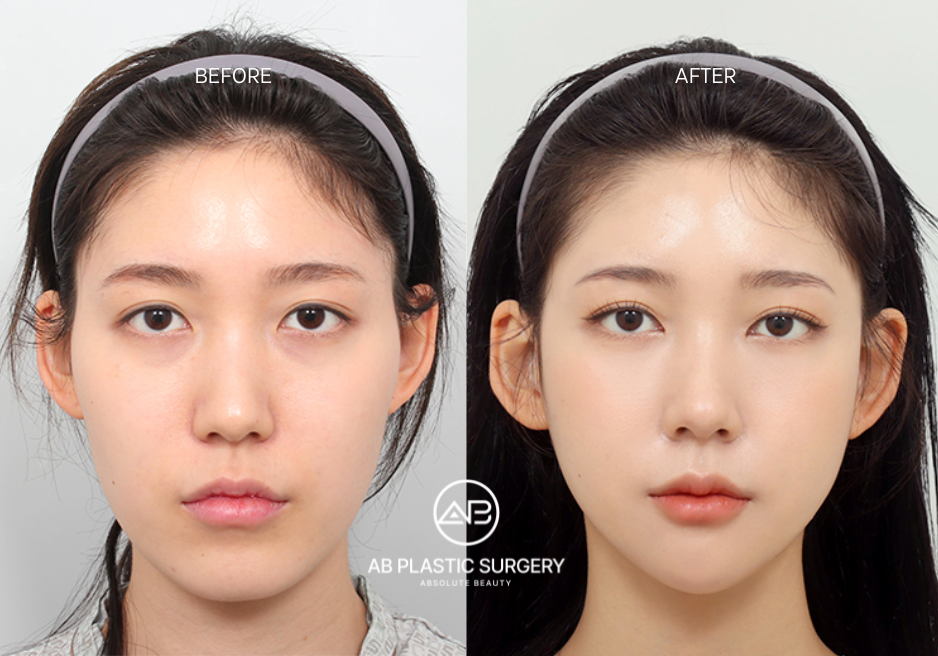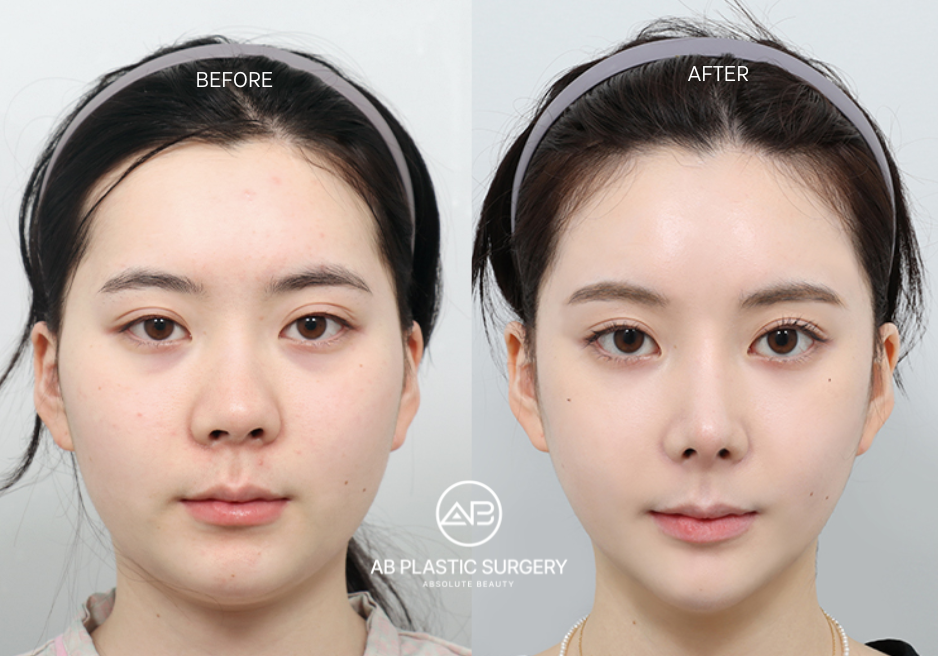Braces and Facial Surgery: Choosing the Right Order for Best Results
Table of Contents
1. When Braces Should Be Done First
2. When Surgery Should Be Done First
3. Examples of Different Cases
4. How Braces Affect Facial Structure
5. Collaborative Approach for Optimal Results
When planning significant changes to your facial structure and dental alignment, understanding the interaction between braces and facial contouring surgery is crucial. The order in which these treatments are performed can vary depending on individual circumstances. This blog post will explore the factors that determine whether braces or surgery should come first and how each approach can impact the results.

 When Braces Should Be Done First
When Braces Should Be Done First
General Alignment and Bite Correction
For many patients, starting with braces is the standard approach. Braces are effective in correcting the alignment of teeth and bite issues, providing a stable foundation for any subsequent facial contouring procedures. Properly aligned teeth and jaws ensure that surgical outcomes are more predictable and aesthetically pleasing.
Mild to Moderate Jaw Discrepancies
In cases where jaw discrepancies are not severe, orthodontic treatment can often address the issues adequately, setting the stage for any additional minor contouring procedures if needed.
Comprehensive Treatment Planning
For patients seeking a complete smile makeover or overall facial enhancement, beginning with braces ensures that any changes in the dental arches and bite alignment are accounted for before proceeding with facial surgeries.

 When Surgery Should Be Done First
When Surgery Should Be Done First
Severe Jaw Deformities
For patients with significant jaw deformities, such as severe overbites, underbites, or congenital defects, orthognathic surgery may be required before orthodontic treatment. This surgery repositions the jaws to correct foundational skeletal issues, providing a better starting point for subsequent orthodontic adjustments.
Congenital Defects
Patients with congenital facial abnormalities might need reconstructive surgery before orthodontic treatment. These surgeries address skeletal and structural issues, allowing orthodontists to work with a more stable and corrected jaw position.
Immediate Functional Needs
If there are immediate functional needs, such as difficulty chewing, speaking, or breathing due to jaw misalignment, surgery might be prioritized to quickly alleviate these issues before orthodontic treatment.
 Examples of Different Cases
Examples of Different Cases
Case 1: Mild Overbite
A patient with a mild overbite might start with braces to gradually move the teeth into the correct position. Once the bite is corrected and the teeth are aligned, minor facial contouring surgery can be considered to enhance the jawline if needed.
Case 2: Severe Underbite
A patient with a severe underbite might undergo orthognathic surgery first to reposition the lower jaw. After the skeletal correction, braces are used to fine-tune the alignment of the teeth and ensure a proper bite.
Case 3: Congenital Facial Asymmetry
A patient with significant facial asymmetry due to a congenital condition might require reconstructive surgery to correct the skeletal structure. Once the jaw and facial bones are repositioned, orthodontic treatment can then address the alignment of the teeth.

 How Braces Affect Facial Structure
How Braces Affect Facial Structure
Braces can have a profound impact on facial structure. As they gradually move the teeth into their correct positions, they also influence the underlying bone structure of the jaw and face. Here’s how.
Jaw Positioning
Correcting bite issues such as overbites or underbites changes the alignment of the jaw, leading to a more balanced and symmetrical facial appearance. This adjustment can enhance the jawline and improve overall facial proportions.
Dental Arch Width
Orthodontic treatment can alter the width of the dental arches. This change can enhance the overall structure of the face by creating a broader, more balanced smile and improving the alignment of the facial features.
Profile Enhancement
Properly aligned teeth and jaws can significantly improve the facial profile. For example, a corrected overbite can make the chin appear more pronounced and the jawline more defined, enhancing the aesthetic of the face.
Reduction in Surgical Needs
Once the teeth and jaws are properly aligned, some patients may find that their facial structure has improved to the extent that less invasive surgical options are sufficient, or surgery might no longer be necessary.
 Collaborative Approach for Optimal Results
Collaborative Approach for Optimal Results
Achieving the best results from braces and facial contouring surgery requires a collaborative approach involving both orthodontists and facial surgeons. A comprehensive treatment plan should include:
-
Detailed Initial Assessment: Understanding the patient’s goals and the specific dental and facial issues that need to be addressed.
-
Coordinated Timeline: Planning the sequence of treatments to ensure that orthodontic and surgical interventions complement each other.
-
Continuous Communication: Ensuring that the dental and surgical teams work closely together to monitor progress and make necessary adjustments.

What should be done first, braces or surgery, depends on the specific case. There is no one-size-fits-all answer. Understanding the unique needs of each patient and developing a coordinated treatment plan is crucial for achieving optimal results. Consulting with both an orthodontist and a facial surgeon will help determine the best approach for your individual situation. By following a tailored plan and leveraging the expertise of both dental and surgical professionals, patients can achieve a more balanced, harmonious, and aesthetically pleasing facial structure.
If you’re considering these treatments, schedule free consultations with AB Plastic Surgery Korea specialists to know which procedure should be done first. Their expertise will guide you towards the best sequence of treatments for your specific needs.






